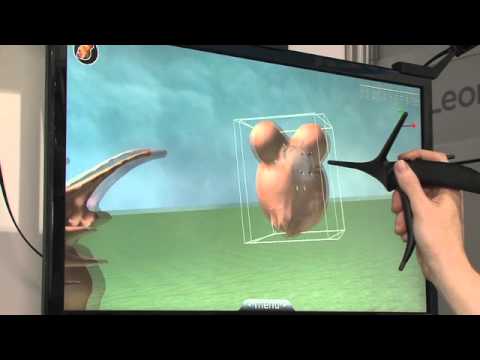Interstellar travel may be possible with solar sail propulsion
Summary
The Planetary Society has successfully launched the LightSail 2 spacecraft, which uses light from the sun to travel through space. The spacecraft has already started sending back images. If solar sailing proves to be a viable means of propulsion, it could one day be used to explore the galaxy. The CEO of the Planetary Society, Bill Nye, explains how the LightSail works and its potential applications in this Q&A article.
Table of Contents
- How does the LightSail work?
- What is the practical application for the LightSail?
- How is the LightSail unfolded?
- Could solar sail technology enable interstellar travel?
- Can the LightSail be used to explore the Kuiper Belt?
How does the LightSail work?
The LightSail has a small spacecraft in orbit that gets a push from the sun every orbit. The sails come out of the main cube and are relatively thin but durable. Sunlight hits the solar panels and gives the sail a push, which makes it fly and twist 90 degrees with every orbit. The sails billow a little, just like sails on a sailboat. The spacecraft twists with the help of the momentum wheel, which produces torque to twist the spacecraft in space.
What is the practical application for the LightSail?
The LightSail spacecraft could be positioned in an orbit closer to the sun than the Earth to monitor solar weather. The spacecraft can detect coronal mass discharges of particles from the sun, which can be used to provide timely warnings. The LightSail could also be used for asteroid detection. From its position in orbit around the sun, the spacecraft could watch for asteroids, which can otherwise be challenging to detect using optical wavelengths.
How is the LightSail unfolded?
A motor in the LightSail spacecraft pushes and holds back the steel ribbon booms, which unfurl to deploy the sail. Little springs attach the sails to the end of the booms. The sails are made of 20-micron mylar material, which is packed into the small volume of the CubeSat. The sails change length slightly due to heat and cooling as the spacecraft orbits the sun, and this is managed using software that commands the motor to unspool or deploy the boom. The LightSail had reinforced edges to make it more durable for carrying.
Could solar sail technology enable interstellar travel?
Solar sail technology could enable interstellar travel, provided that the spacecraft is pushed or hit by laser beams to enable it to travel to another star system. Even a spacecraft the size of a postage stamp could show up in the Proxima Centauri solar system with energy like a small nuclear weapon. The spacecraft could explore nearby space, such as the Kuiper Belt, where icy objects orbit the sun, with a solar sail that can push it out at 100 kilometers a second. However, such technology and materials do not exist currently.
Can the LightSail be used to explore the Kuiper Belt?
A solar sail that is sent near the Sun and is made of materials that can hold its shape and integrity close to the sun could be used to explore the Kuiper Belt. The materials for such a sail do not exist yet. However, the LightSail 1 and 2 missions are part of the overall mission of advancing space science and exploration.
Conclusion
The successful launch and operation of the LightSail 2 prove that solar sails are possible and could be used for space exploration. The LightSails could monitor solar weather, detect asteroids, and help explore the Kuiper Belt. Although solar sail technology has not reached the level to enable interstellar travel, the LightSail 2 mission represents a significant step in advancing space exploration.







